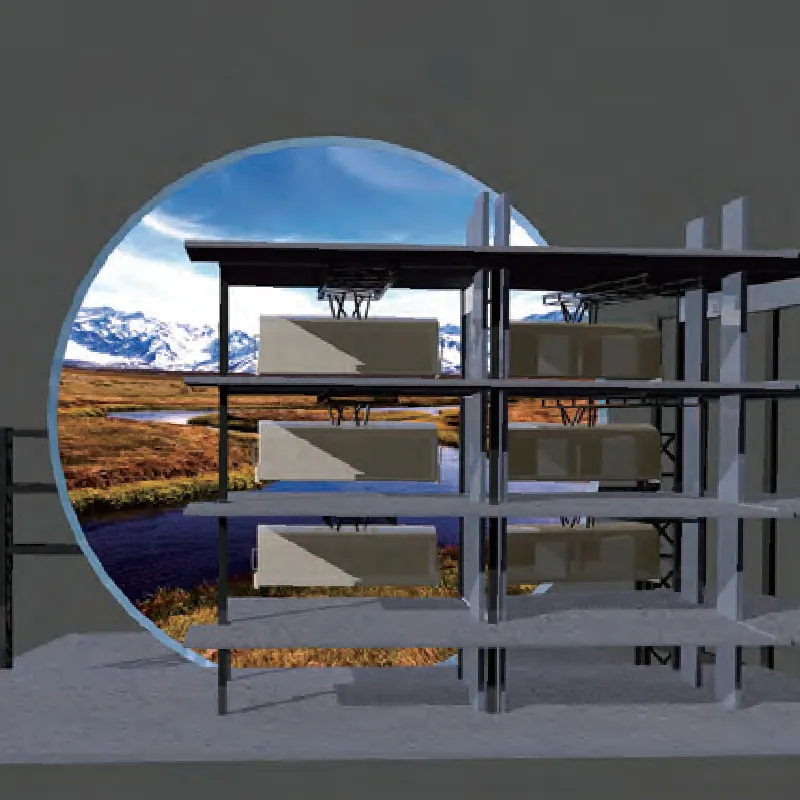- Albanian
- Arabic
- Belarusian
- Bengali
- Czech
- English
- French
- German
- Hebrew
- Hungarian
- Indonesian
- irish
- Italian
- Japanese
- kazakh
- Persian
- Russian
- Thai
- Uzbek
- Vietnamese
roll on roller coaster
Roll On The Thrill of Roller Coasters
Roller coasters have been a hallmark of amusement parks for generations, captivating thrill-seekers with their breathtaking drops, high speeds, and intricate loops. From their origins in simple wooden structures to the technologically advanced steel monstrosities of today, roller coasters have evolved significantly, continuously pushing the limits of engineering and design. The exhilaration of a roller coaster ride, filled with anticipation, fear, joy, and a rush of adrenaline, has made it an iconic experience cherished by millions.
The history of roller coasters can be traced back to the early 17th century, with the Russian Mountains, which were essentially large wooden slides covered in ice. These slides, built in the Russian Empire, allowed riders to glide downhill in sleds, offering a taste of speed and thrill. However, it wasn't until the 19th century that roller coasters began to resemble the rides we know today. The first recorded roller coaster in the United States, the Switchback Railway, debuted in 1884 at Coney Island, New York. This simple wooden structure featured a series of low hills and gentle drops, setting the foundation for the future of thrill rides.
Roll On The Thrill of Roller Coasters
The thrill of riding a roller coaster is multi-faceted. First and foremost, there is the anticipation. As riders ascend the first towering hill, a mix of excitement and anxiety fills the air. The chains clank ominously, and the view of the park below offers a fleeting moment of peace before the plunge. This moment captures the universal sensation of being on the brink—a metaphor for life’s thrilling uncertainties. The descent is swift, and screams of joy and terror intermingle; the body feels weightless, and for a split second, riders defy gravity.
roll on roller coaster

Then comes the rush. Roller coasters are designed to offer various sensations, from the stomach-churning drops to the exhilarating corkscrews and loops. The physics behind these rides creates a unique experience as riders speed through twists and turns, their bodies experience forces of acceleration and deceleration, producing an adrenaline high like no other. These physical sensations, amplified by the screams and laughter of fellow passengers, foster a communal experience that enhances the joy of the ride.
Safety is a critical aspect of roller coasters. Engineers meticulously design and test these rides to ensure they can withstand the forces at play. Height restrictions, safety harnesses, and thorough inspections have been put in place to protect riders. Such measures allow thrill-seekers to enjoy the experience without undue fear, knowing they are in capable hands.
Moreover, roller coasters have become symbols of cultural and regional pride. Parks often compete to build the tallest or fastest coaster, generating excitement and curiosity. This friendly competition results in record-breaking rides that not only attract visitors but also inspire innovations that push the boundaries of what is possible in amusement park design.
In recent years, roller coasters have also embraced technology, adding virtual reality experiences and unique storytelling elements to create immersive rides. This trend has attracted a new generation of riders, ensuring that the thrill of roller coasters remains alive and well in the hearts of enthusiasts.
In conclusion, the allure of roller coasters lies in their perfect blend of engineering marvels and human emotion. The journey from the anticipation of the ascent to the exhilarating rush of the descent encapsulates a profound experience that resonates with riders of all ages. As we roll on into the future, the roller coaster will undoubtedly continue to evolve, providing new thrills to those brave enough to take the plunge. Whether a seasoned coaster connoisseur or a first-time rider, the call of the coaster remains irresistible—a timeless invitation to chase the thrill and embrace the ride.
-
Flume Ride-Hebei Zhipao Amusement Equipment Manufacturing Co., Ltd.|Thrilling Water Attraction&Customizable DesignJul.30,2025
-
Flume Ride - Hebei Zhipao Amusement Equipment | Water Coaster, Thrilling DescentJul.30,2025
-
Flume Ride - Hebei Zhipao | Thrilling Water AttractionJul.30,2025
-
Flume Ride: Thrilling Water Attraction by Hebei Zhipao|Log Flume Manufacturers&Flume Ride DesignJul.30,2025
-
Flume Ride-Hebei Zhipao Amusement Equipment Manufacturing Co., Ltd.|Thrilling Water Coaster, Safe DesignJul.30,2025
-
Flume Ride-Hebei Zhipao Amusement Equipment Manufacturing Co., Ltd.|Thrilling Water Attraction, Safe DesignJul.30,2025
